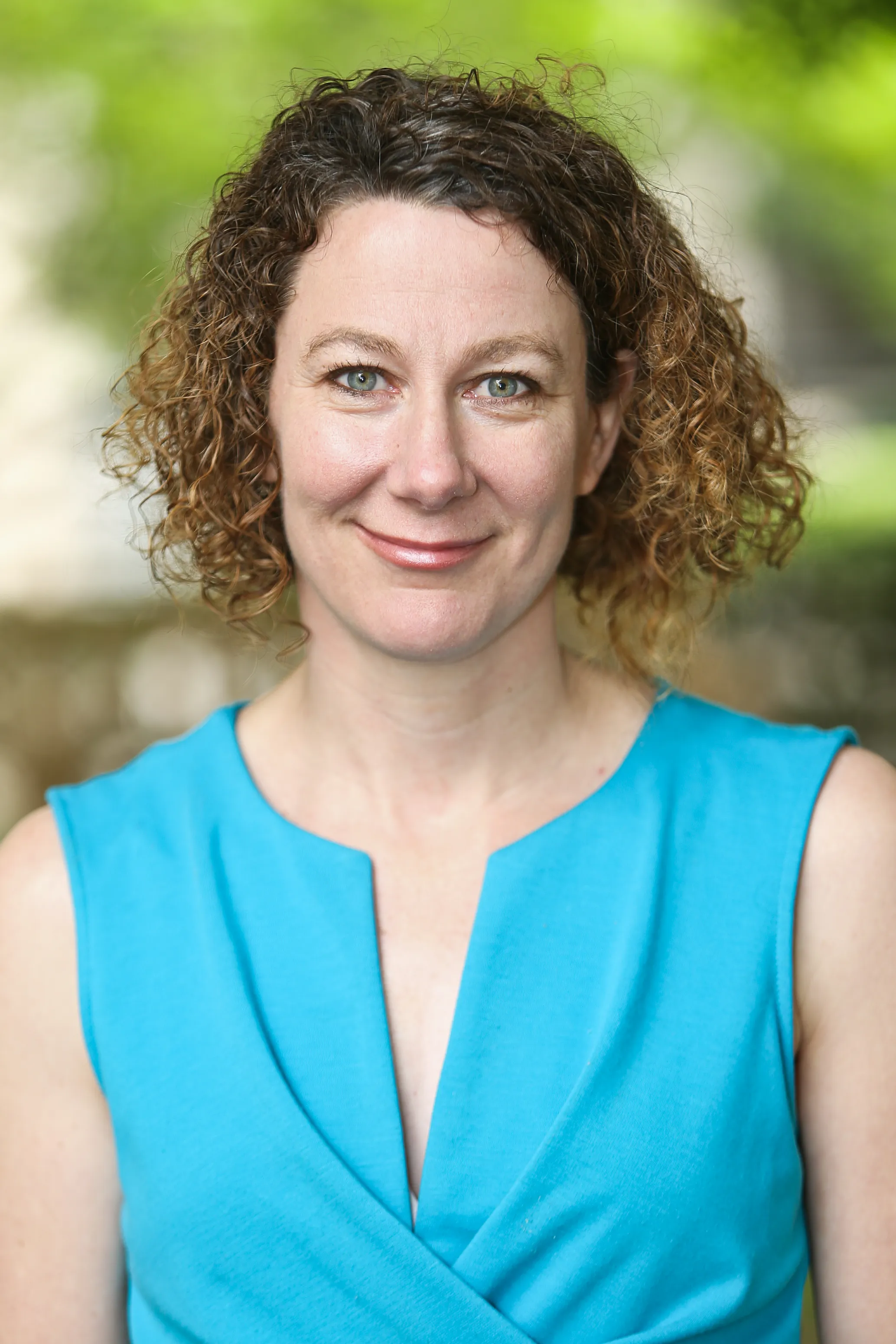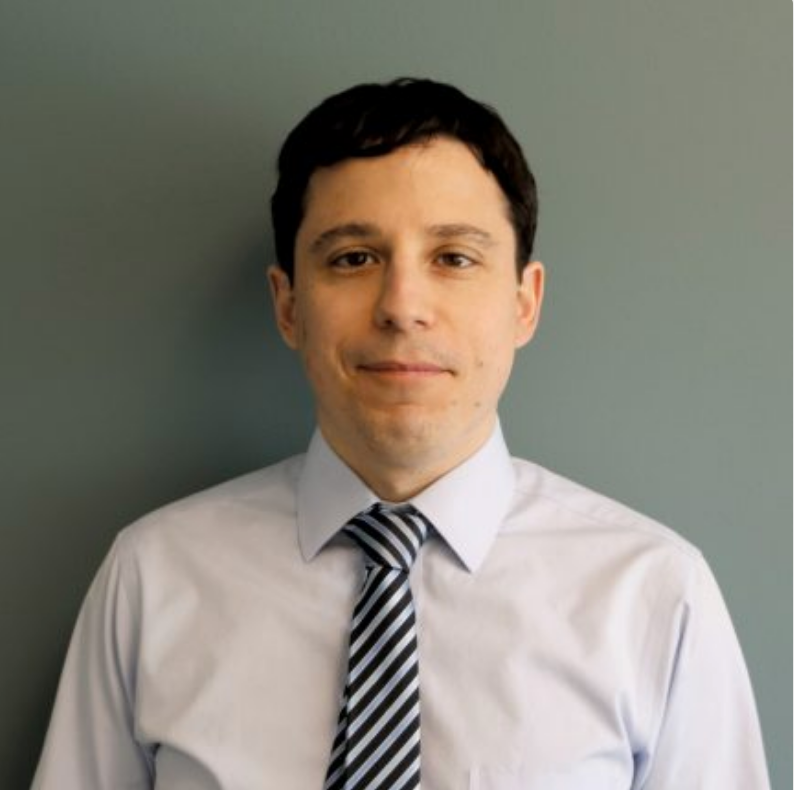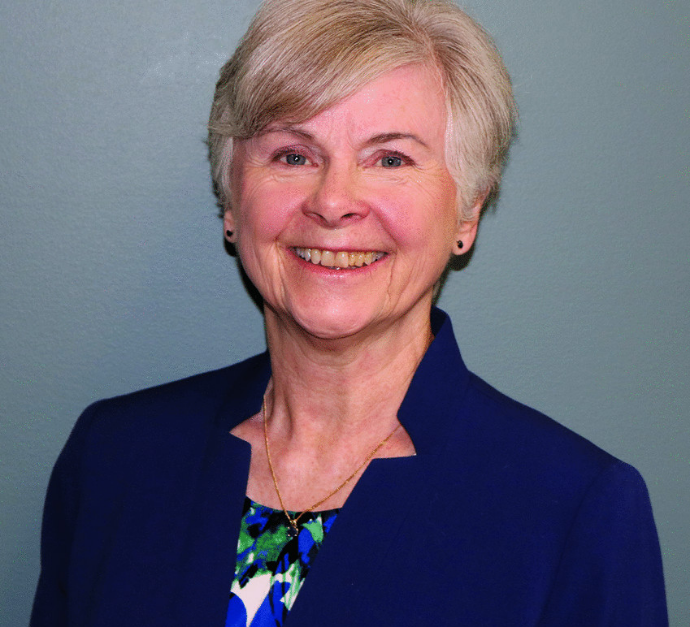
Diverging employment pathways among young adults
Preparing young people to engage in work and life as productive adults is a central challenge for any society. Given the American commitment to equality of opportunity, the road from childhood to economic security in adulthood should be clearly marked and accessible to all, regardless of family circumstance, income, or wealth. Instead, many youths face an obstacle course.
Children born to families with low incomes are disproportionately likely to earn low incomes themselves in adulthood. Children of teen parents and children of parents without postsecondary education also struggle to get a solid foothold in the economy. And upward mobility has gotten more difficult over time: Almost 90% of children born in the 1940s grew up to earn more than their parents, but that figure is only 50% for children born in the 1980s.
In this analysis, we explore the extent to which young adults from socioeconomically disadvantaged backgrounds achieve employment and economic stability by age 30. Using trajectory analysis, we segment the study population into distinct groups based on their employment patterns between the ages of 18 and 30. We explore the demographic characteristics and life experiences of members of the different groups and use multivariate analysis to identify which background factors and experiences are related to membership in each group. Finally, we explore how trajectories vary by gender and race/ethnicity.
Defining socioeconomic disadvantage as an adolescent
To start the analysis, we identified adults who experienced some form of socioeconomic disadvantage as an adolescent; we refer to this group as the “study population” throughout the remainder of the report. Our data source is the National Longitudinal Survey of Youth 1997 (NLSY97), a nationally representative survey of people born between 1980 and 1984 conducted by the Bureau of Labor Statistics. We define people as “disadvantaged” if they met one or more of these criteria as teenagers:
- Lived in a low-income family, defined as families whose income was equal to or less than 200% of the federal poverty line, equivalent to $51,500 for a family of four in 2019 dollars
- Neither parent had a postsecondary degree
- Mother was aged 19 years old or younger when her first child was born
- Family received public assistance, including Aid to Families with Dependent Children; Supplemental Nutrition Assistance Program (SNAP)/food stamps; or Women, Infants, and Children nutritional assistance
Each of these early life circumstances are related to worse outcomes in adulthood, including lower educational attainment, reduced earnings, and poverty. Approximately 60% of the total NLSY97 sample met at least one of these criteria at the start of the survey and was thus included in the study population.
Roughly half of the study population (49%) is female, and it is majority white (58%). Twenty percent are Black and 17% are Latino or Hispanic. By contrast, the advantaged population (the remainder of the total population after the study population is subtracted out) has a much higher share of white people (81%) and smaller shares of Black and Latino or Hispanic individuals (8% and 6%, respectively). However, the advantaged and study populations have similar gender compositions, as the advantaged population is also 49% female.

The analysis revealed four employment trajectories, two of which experienced minimal earnings growth.
The focus of the analysis is the employment history of the study population—specifically, their mean annual earnings and whether they received employer benefits (paid leave, health insurance, and retirement). Using trajectory analysis, we sort the study population into groups based on their similarities to each other on those two features (wages and benefits). Trajectory analysis allows us to identify meaningful differences within a group that can be masked by averages and measure change over time, as opposed to point-in-time snapshots. Please see the textbox and technical appendix for more details on the trajectory analysis.
We identified four groups, which we label Groups 1 through 4.
- Group 1 accounts for 22% of the study population and lives in extreme economic hardship. More than half live below the poverty line at age 30; they earn on average about $4,000 per year, and they are very unlikely to receive employer benefits.
- Group 2 accounts for 36% of the study population and is in tenuous economic circumstances. At age 30, more than 50% live below 200% of the poverty line (a common proxy for the working poor) and they earn on average $19,000 per year and have only one employer benefit.
- Group 3 accounts for 34% of the study population and looks economically comfortable. At age 30, their average earnings are considerably lower than Group 4 ($42,000), but they have similar levels of employer benefits and almost none live in poverty.
- Group 4 accounts for 9% of the study population and their earnings and benefits trajectory indicates clear economic success. At age 30, they have high average annual earnings ($97,000) and they almost all receive the three employer benefits included in the analysis (health insurance, paid leave, and retirement).

White people make up large shares of all four groups, and men make up the majority of the two highest-earning groups
Membership of the different trajectory groups reflects broader population and labor market trends. White people make up the majority of the study population as a whole (58%) and they make up the largest share of each group. They account for the near majority (49%) of Group 1, the lowest-earning group, and disproportionately high shares of the higher-earning groups: 63% of Group 3 and 71% of Group 4.
Black people make up 31% of Group 1, which is disproportionately large relative to their share of the study population (20%). Latino or Hispanic people appear in most groups roughly proportional to their share of the study population (17%), although they are somewhat underrepresented in Group 4 (14.5%).
Women make up nearly half of the study population (49%) and are disproportionately represented in the two lower-earning groups. They account for less than one-quarter of Group 4.

Race, gender, and other factors predict group membership
We used multivariate analysis to isolate how particular factors affect group membership by controlling for other relevant factors related to employment. Net of other factors, being female increases the probability of being in the two lower-earning groups and decreases the probability of being in Group 3 and 4. White and Latino or Hispanic individuals have a lower probability of being in Group 2 and a higher probability of being in Group 3. White people also have a greater probability of being in Group 4, the highest-earning group.
Higher educational attainment and military service are associated with membership in Group 3, the second-highest-earning trajectory. Factors associated with membership in both Group 3 and 4 include union membership, job training, and not working in a service sector occupation at age 25.
Data and methods
Data
We use the National Longitudinal Survey of Youth 1997 (NLSY97), a nationally representative survey of people born between 1980 and 1984 conducted by the Bureau of Labor Statistics. The NLSY97 is ongoing and has collected detailed information about participants’ education, training, employment, family formation, and other life experiences in 18 interview rounds, beginning in respondents’ teen years and continuing into their 30s. The richness of the NLSY97 allows us to identify a range of experiences associated with socioeconomic disadvantage that goes beyond family income. In addition, we draw on data in these 18 survey rounds to capture a variety of circumstances that we anticipate will impact economic mobility.
Trajectory analysis
We use a statistical approach called group-based trajectory modeling, or trajectory analysis, to identify different employment pathways. Averages are informative but never tell the whole story, and neither do measures collected at one or two points in time. Trajectory analysis is a person-based approach that allows us to identify meaningful differences among a group of people over time that otherwise may be missed.
We segment the study population into distinct groups based on their similarities on two factors: their annual earnings and their employer-provided benefits from ages 18 to 31. This approach identifies different earnings and benefits patterns, or trajectories, experienced over the entire period, and associates individuals with the trajectory that most closely matches their actual experience. The trajectory group assignment encompasses both earnings and benefits, so that each person belongs to one group only (for instance, a person cannot belong to Group 1 for earnings and Group 2 for benefits).
Conclusion
In the remaining essays (listed below), we provide more detail on the trajectories young people take, how those pathways differ by race, ethnicity, and gender, and the factors related to achieving a trajectory with higher earnings and more employer-provided benefits.
In the end, this analysis assesses how well the United States delivers on the dream of upward economic mobility equally available to all. With nearly 60% of adults who experience disadvantage in adolescence continuing to struggle in adulthood, it is clear that the dream is badly in need of repair.
Young adulthood is a time of transition and potential. Conditions and choices in this phase of life do much to set the stage for the rest of people’s lives. But for large shares of young people—and disproportionately those who are Black and Latino or Hispanic—we have normalized a path from high school to low-wage employment and poverty. It is time to reject this pattern and create the conditions for all young people to thrive.
Acknowledgements
Child Trends and Brookings Metro would like to thank the Bill and Melinda Gates Foundation for their generous support of this analysis. Brookings Metro also gratefully acknowledges the Metropolitan Council, a network of business, civic, and philanthropic leaders that provides both financial and intellectual support for the program. The authors would like to thank Alex DeMand and Renee Ryberg for their valuable contributions to developing the research methodology. They also thank the following colleagues for providing insights and critiques on early versions of the analysis and report: Greg Acs, Alan Berube, Annelies Goger, Kristen Harper, and Isabelle Sawhill. Lastly, they would like to thank the following Brookings colleagues for their dedicated and conscientious work on literature reviews, data cleaning and formatting, and proofreading: Alex Anacki, Olivia Chan, Jabari Cook, Caroline George, and Morgan McKinney.






